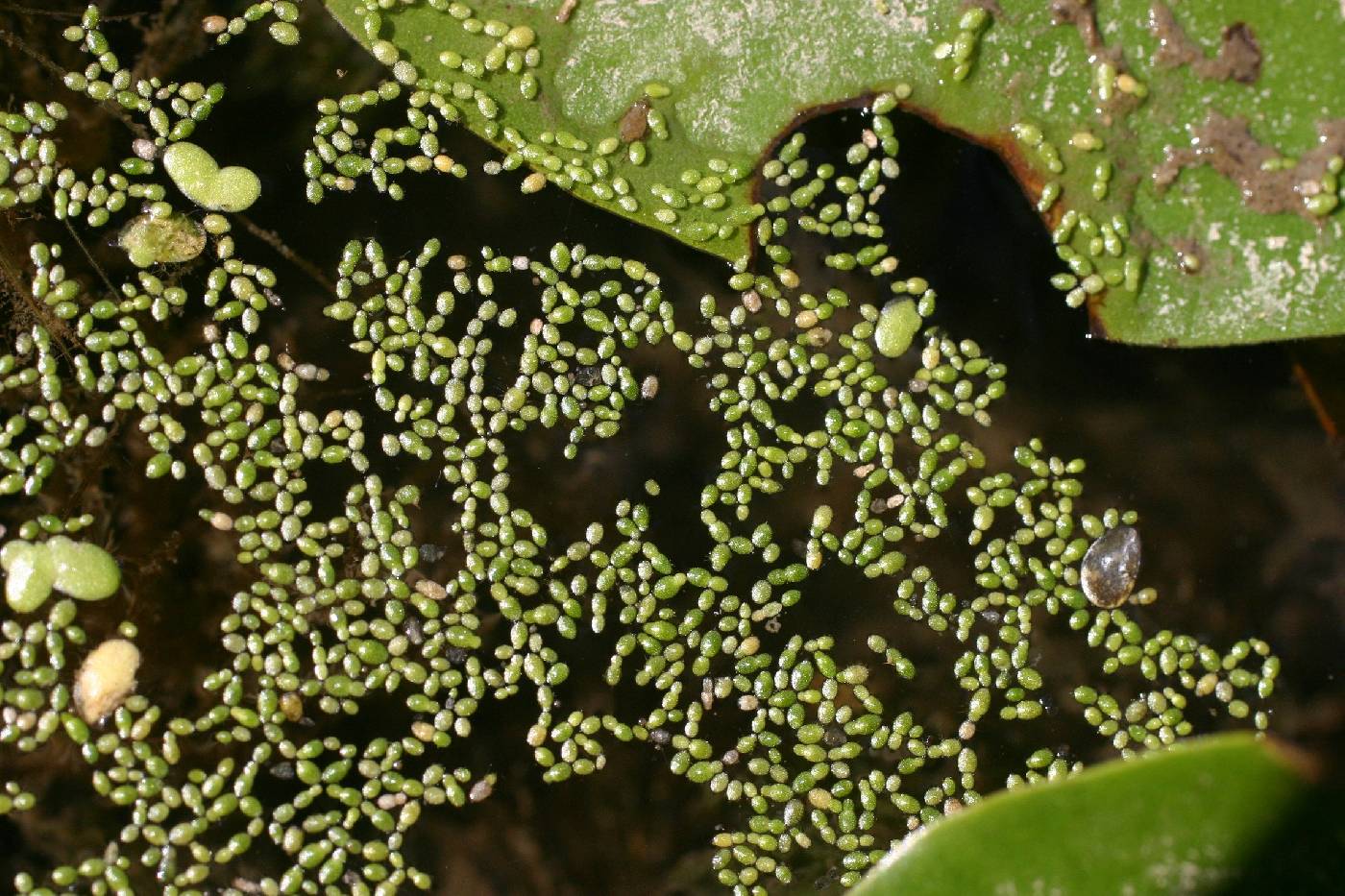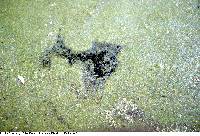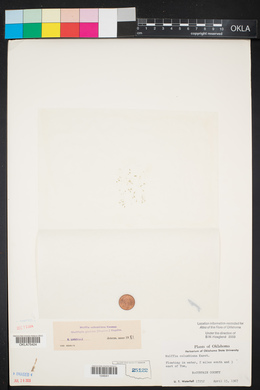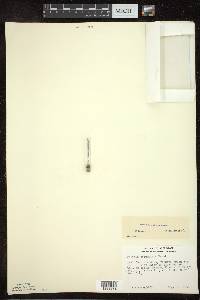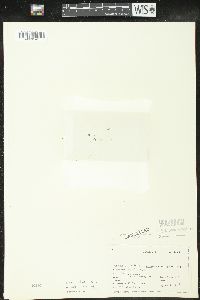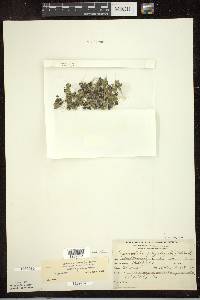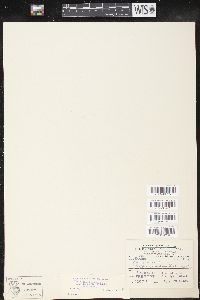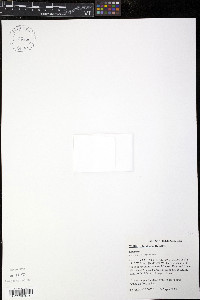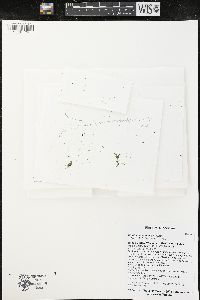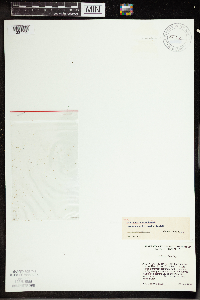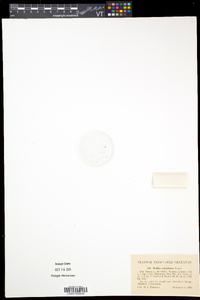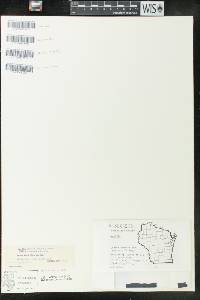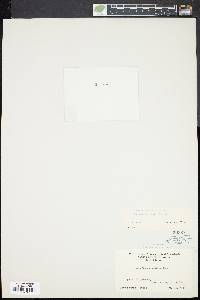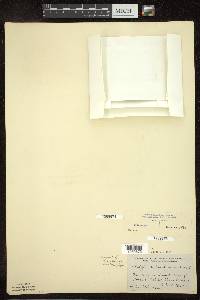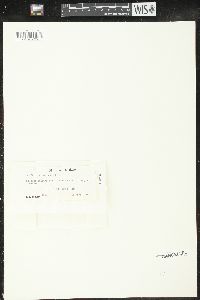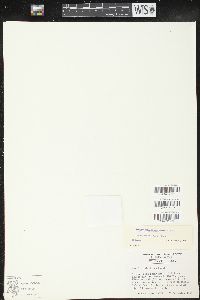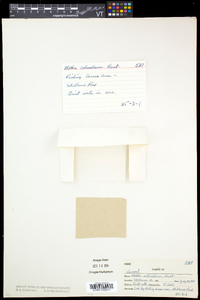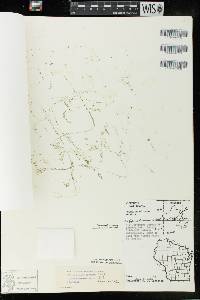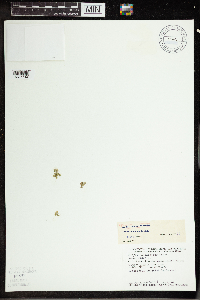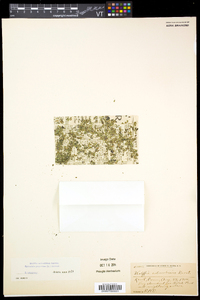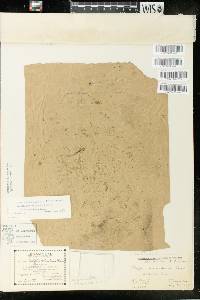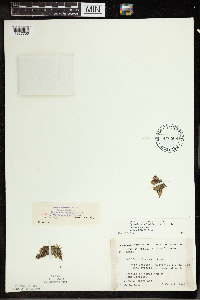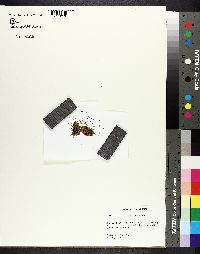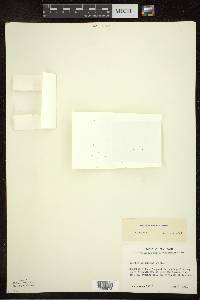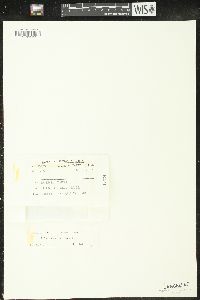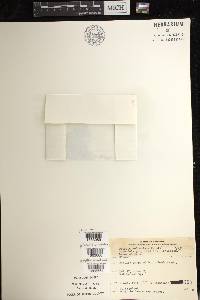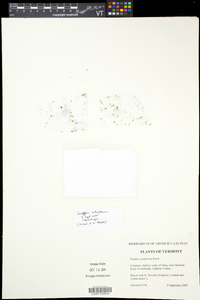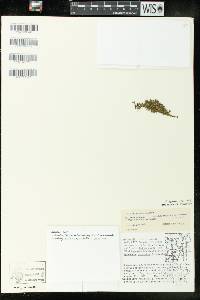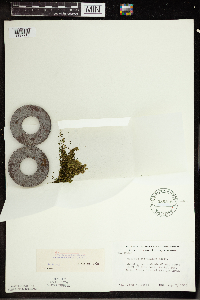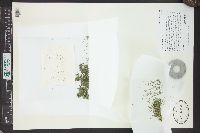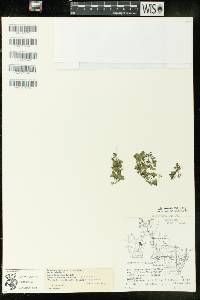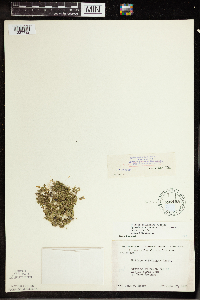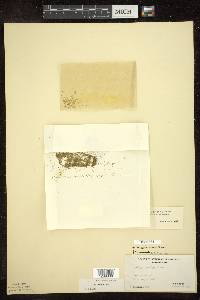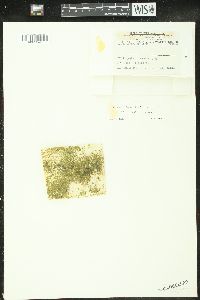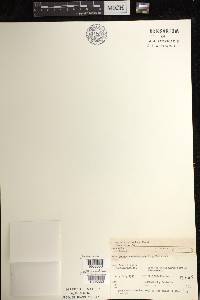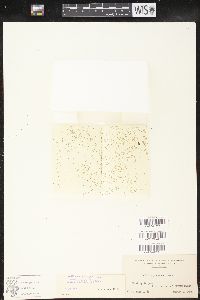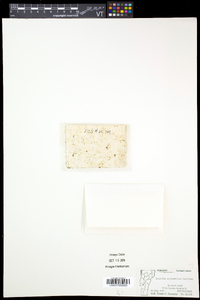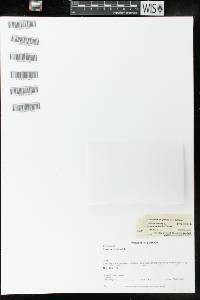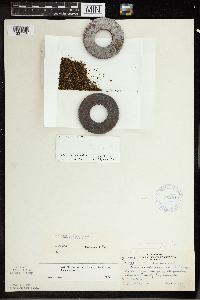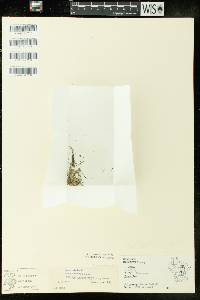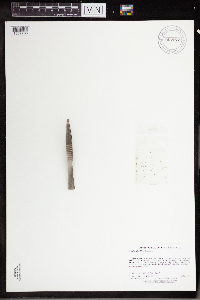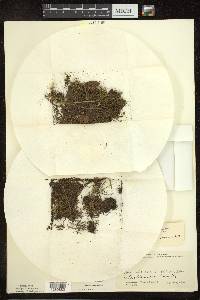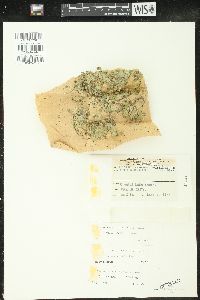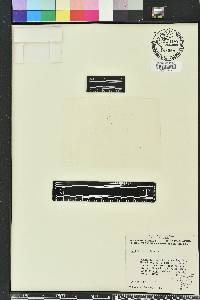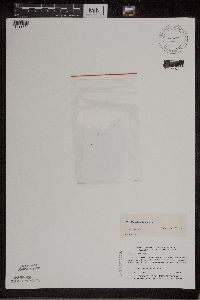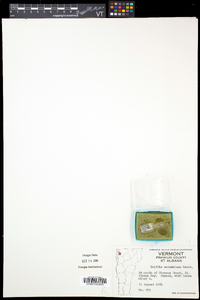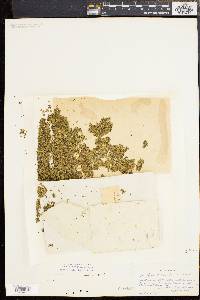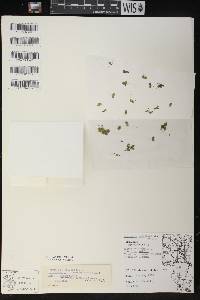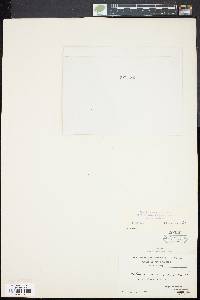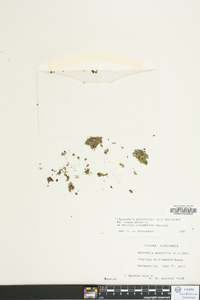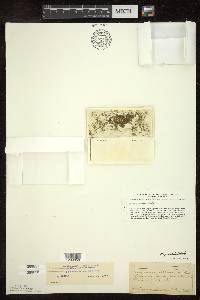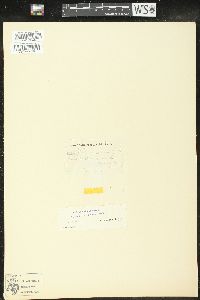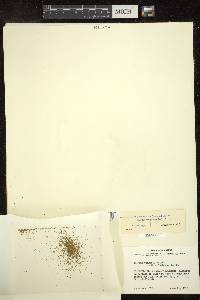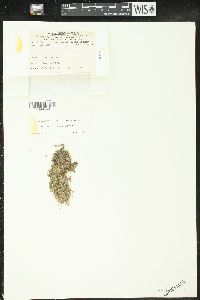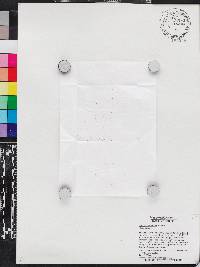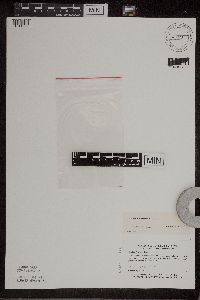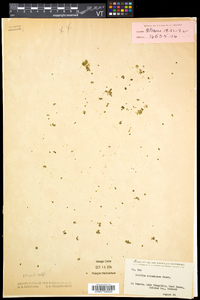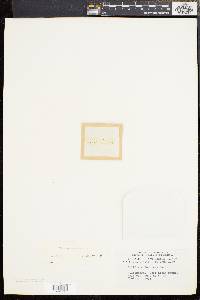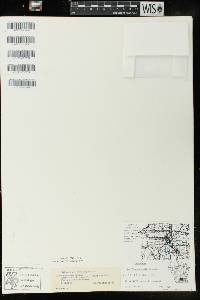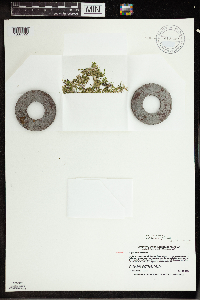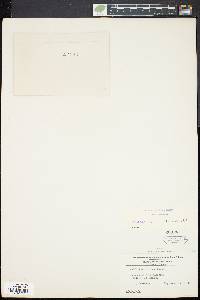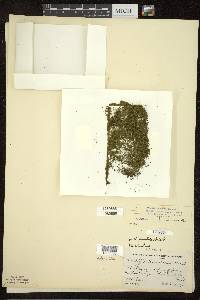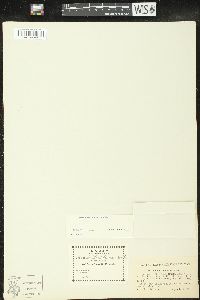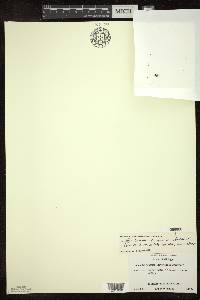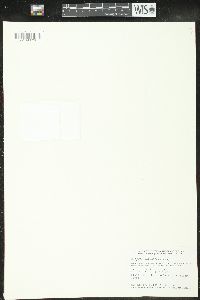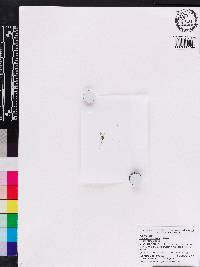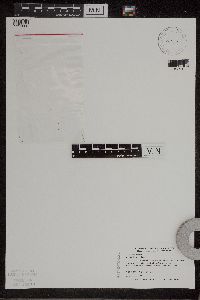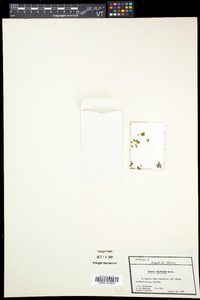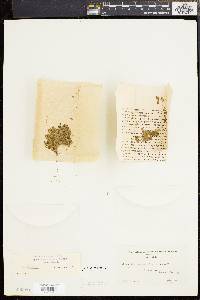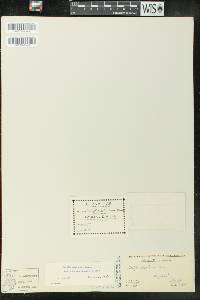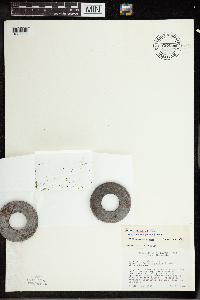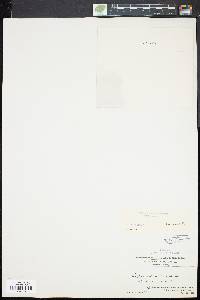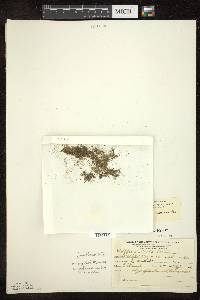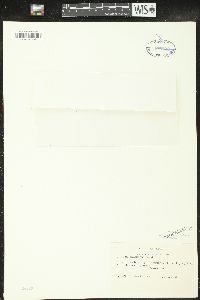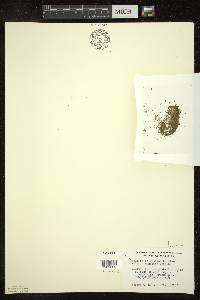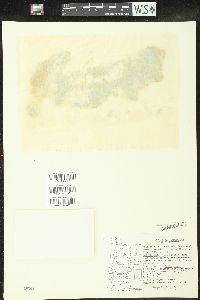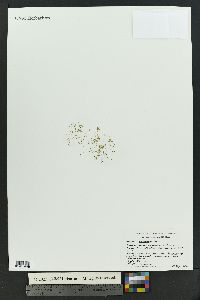Wolffia columbiana
|
|
|
|
Family: Araceae
Columbian Watermeal, more... (fr: Wolffie de Colombie)
|
Fronds nearly globular, 0.5--1.4 mm (x 0.4--1.2 mm), 1--1.3 times as long as wide, 1--1.3 times as deep as wide, rounded at apex, papilla absent; upper surface transparently green, with 1--10(--30) stomates; pigment cells absent in vegetative tissue. 2n = 30 (H, U), 40 (U), 42 (D), 500 (U), 70 (70), 80 (U). Flowering (very rare) summer--early fall. Mesotrophic to eutrophic, quiet waters in temperate to subtropical regions; 0--1100 m; Alta., Man., Ont., Que., Sask.; Ala., Ark., Calif., Colo., Conn., Del., D.C., Fla., Ga., Ill., Ind., Iowa, Kans., Ky., La., Maine, Md., Mass., Mich., Minn., Miss., Mo., Mont., Nebr., N.H., N.J., N.Y., N.C., N.Dak., Ohio, Okla., Oreg., Pa., S.C., S.Dak., Tenn., Tex., Vt., Va., W.Va., Wis.; Mexico; West Indies (Curaçao); Central America; South America. I know of no specimens of Wolffia columbiana from Rhode Island.
Aquatic herb Flowers: occurring very rarely, borne one per plant body, lacking sepals and petals, with one stamen and one nearly smooth seed. Fruit: bladder-like (utricle) and thin-walled. Roots: absent. Plant body: not differentiated into stem and leaves, solitary or paired, transparent green, lacking pigment cells, 0.5 - 1.4 mm long, one to one and a third times as long as wide, one to one and a third times as deep as wide, elliptic to nearly spherical with a rounded tip, floating but with some plants submersed if crowded, lacking air spaces. A conical cavity at the tip produces daughter plants, while a cavity beside the midvein of the upper surface produces flowers. Similar species: Wolffia brasiliensis and W. borealis differ from this species by having elliptic plant bodies that are about as deep as wide and flattened on the back. They also have scattered pigment cells visible under 10x magnification. Flowering: summer to early fall Habitat and ecology: Locally frequent in stagnant ponds. Occurence in the Chicago region: native Notes: The genus Wolffia consists of the world's smallest flowering plants. Etymology: Wolffia is named after J.F. Wolff, German botanist and physician (1778-1806). Columbiana means "from Columbia." Author: The Morton Arboretum Thallus light green and translucent, broadly ellipsoid to globose, asymmetrical, mostly 0.8-1.4 נ0.6-1.2 mm, 1-1.3 times as long as wide, not punctate, floating low in the water, only a small circular portion of the upper surface in contact with the air; upper surface slightly roughened, sometimes to form ca 3 obscure papillae; stomates 3-5; 2n=30, 40, 50, 70. Quiet water; Mass. and N.H. to s. Ont. and Minn., s. to S. Amer.; often forming more than one layer, some wholly submersed. Gleason, Henry A. & Cronquist, Arthur J. 1991. Manual of vascular plants of northeastern United States and adjacent Canada. lxxv + 910 pp. ©The New York Botanical Garden. All rights reserved. Used by permission. From Flora of Indiana (1940) by Charles C. Deam Locally very abundant in permanently stagnant waters that abound in organic debris. …… Indiana Coefficient of Conservatism: C = 5 Wetland Indicator Status: OBL |
|
|
|

